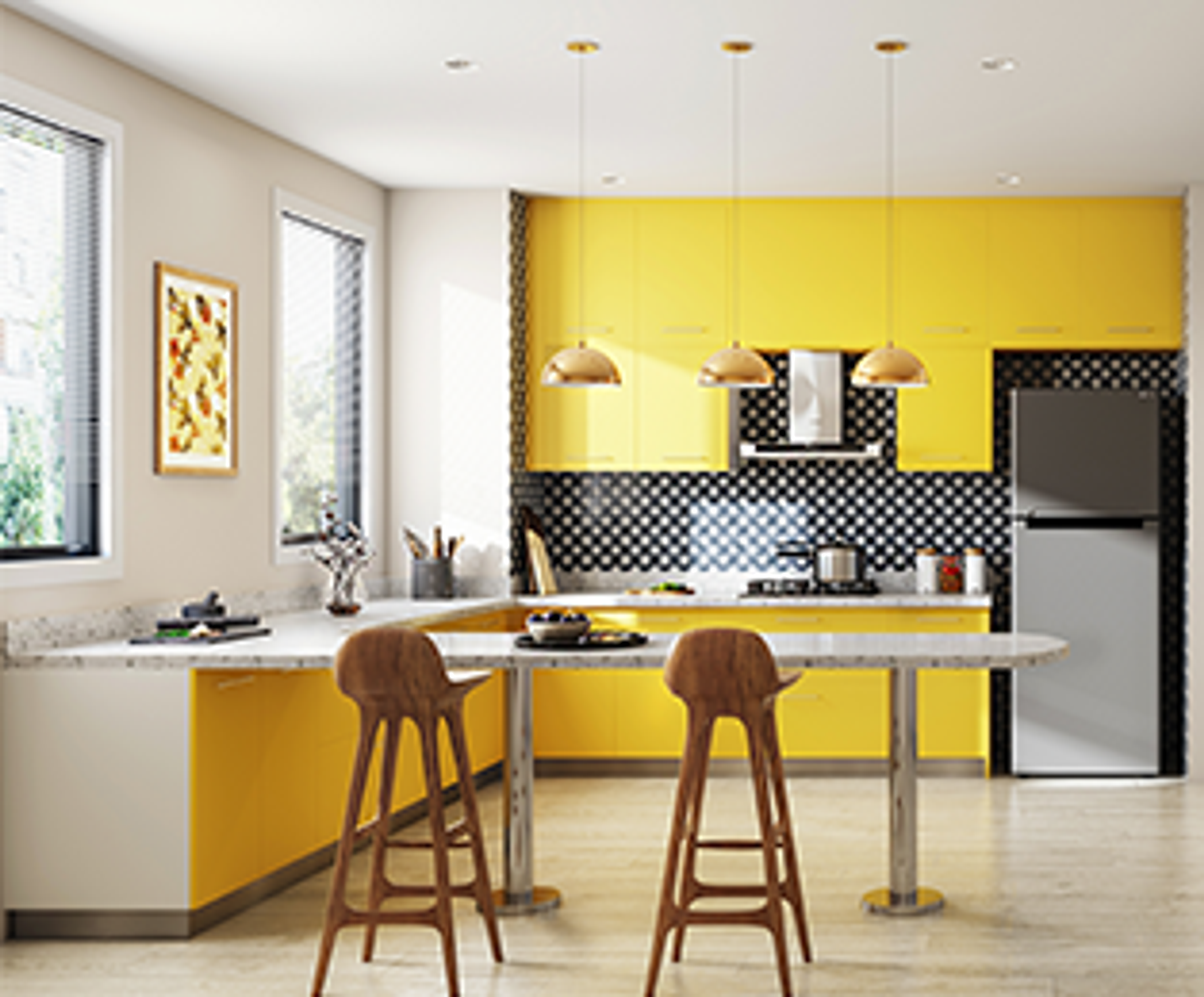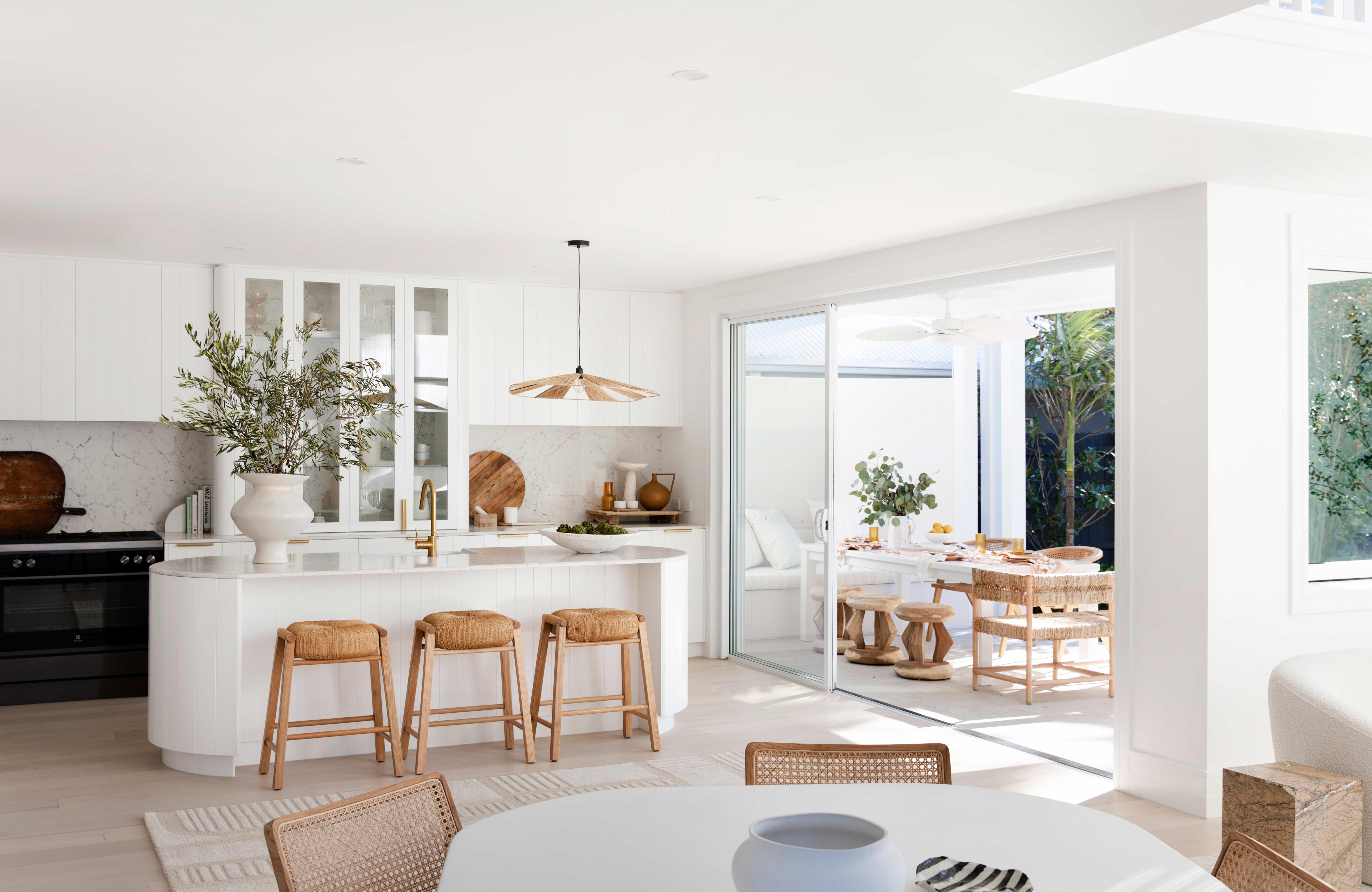Change Your Home With Vital Concepts of Interior Decoration and Aesthetics
By recognizing the influence of color theory and the importance of texture and patterns, one can develop areas that are not only visually enticing however also deeply personal. Attaining this balance involves even more than simple design; it encompasses a critical setup and a keen understanding of just how each aspect engages within an area.
Understanding Shade Theory
Color concept is an essential facet of indoor design that significantly affects mood, assumption, and general aesthetic. Recognizing the principles of shade theory permits designers to create rooms that reverberate mentally with owners while satisfying useful demands (miami interior design). Colors can be classified into three key kinds: primary, additional, and tertiary. Each category plays a critical role in developing consistency within an area.
The emotional impact of shades is extensive; cozy colors such as reds and oranges evoke power and heat, while trendy tones like blues and greens promote peace and peace. The use of complementary colors improves aesthetic passion, developing striking contrasts that can boost a room's appeal.
Neutral colors, on the other hand, work as a flexible backdrop, permitting various other layout components to beam. It is important to consider elements such as illumination and the space's objective when choosing a shade combination, as these can change the understanding of shades throughout the day.
Ultimately, a well-considered color scheme can transform a space, fostering a sense of comfort and style that aligns with the inhabitants' preferences. Proficiency of shade concept is, as a result, a crucial ability for any type of interior developer aiming to produce harmonious and inviting environments.
Attaining Equilibrium in Design
Just how can designers attain a sense of stability in their rooms? Accomplishing equilibrium in style is fundamental to developing harmonious insides.
Asymmetrical equilibrium, on the other hand, counts on differing components that still achieve a natural look. This approach permits more vibrant and casual arrangements, offering interest while preserving equilibrium. By meticulously selecting differing dimensions, colors, and appearances, designers can produce an aesthetically compelling area that really feels balanced yet energised.
Radial equilibrium emphasizes a central prime focus with elements emitting outside. This design is commonly seen in circular designs, where furnishings and decor create a cohesive border that attracts the eye internal.
Ultimately, accomplishing equilibrium needs thoughtful factor to consider of range, percentage, and the relationships between aspects. Architecture Firm. By masterfully applying these balance principles, designers can transform areas right into atmospheres that really feel both cosmetically pleasing and functionally unified, enhancing the overall experience for residents
Value of Spatial Awareness

A keen sense of spatial understanding enables designers to determine focal factors within an area, leading the viewer's attention to essential functions while keeping a total feeling of unity. It also aids in the tactical placement of illumination, which can considerably affect the understanding of room and state of mind. Recognizing spatial partnerships allows the designer to cater to the specific demands of citizens, making sure that each area serves its desired function without jeopardizing aesthetic appeals.
Ultimately, spatial awareness is crucial for optimizing the potential of any indoor area. By carefully taking into consideration the interplay between dimensions, layout, and feature, developers can create settings that not only fulfill functional requirements yet likewise evoke a feeling of comfort and elegance, improving the total living experience.
Including Texture and Patterns
Welcoming a diverse variety of structures and patterns can substantially enhance the aesthetic and tactile allure of an interior area. The calculated use of numerous materials-- such as timber, steel, material, and rock-- develops deepness and interest, making a space really feel much more welcoming and dynamic. Incorporating smooth surfaces with rough appearances can establish a balance that attracts the eye and involves the detects.
When including patterns, think about both range and repetition. Big patterns can offer as focal factors, while smaller sized, refined layouts can complement other aspects without frustrating the space. Layering patterns, such as pairing floral cushions with candy striped throws, adds complexity and a feeling of consistency if executed attentively.
It is also essential to maintain a cohesive shade palette, making sure that appearances and patterns interact instead of compete for attention. By picking a couple of crucial structures and patterns, you can produce a combined aesthetic that reflects your individual design while boosting the general atmosphere of the room. Ultimately, the mindful unification of these aspects can change an ordinary area into a sophisticated setting abundant with character and the original source warmth.
Customizing Your Space
Developing an area that reflects your personality is essential to accomplishing a truly welcoming atmosphere. Personalization in indoor style allows you click to investigate to instill your one-of-a-kind style and rate of interests into your home, transforming it from a plain sanctuary into a sanctuary that talks to who you are. Begin by selecting a shade palette that reverberates with your emotions-- vibrant shades can energize, while soft tones use serenity.
Include artwork and style that mirror your passions, whether it be traveling, nature, or abstract concepts. Presenting personal collections, such as publications, photographs, or keepsakes, can evoke valued memories and produce prime focus within a space. In addition, think about tailoring useful pieces, like upholstered furnishings, to align with your aesthetic choices.

Conclusion
In verdict, the change of a home with the important principles of interior decoration click this site and aesthetics necessitates a detailed understanding of shade theory, balance, spatial understanding, appearance, and customization. Each component contributes considerably to producing an unified and useful living environment - miami luxury interior design. By attentively incorporating these principles, people can boost the aesthetic appeal and emotional resonance of their areas, inevitably cultivating a home that mirrors unique identities while offering comfort and functionality
Comments on “Experience luxury interior design to elevate your home or office.”